Best Birdwatching in Cartagena de Indias: Loros Wildlife Sanctuary
If you’re looking for a peaceful, biodiverse birdwatching destination near Cartagena de Indias, you may be surprised to learn that one of the region’s most rewarding spots is located just an hour outside the city.
Nestled in over 1,300 acres of tropical dry forest, Loros Wildlife Sanctuary is a regenerating reserve where birdwatchers, nature lovers, and conservationists converge. It offers a rare combination: a safe, quiet, and biologically rich space, with the added context of active restoration, cultural coexistence, and parrot rehabilitation.
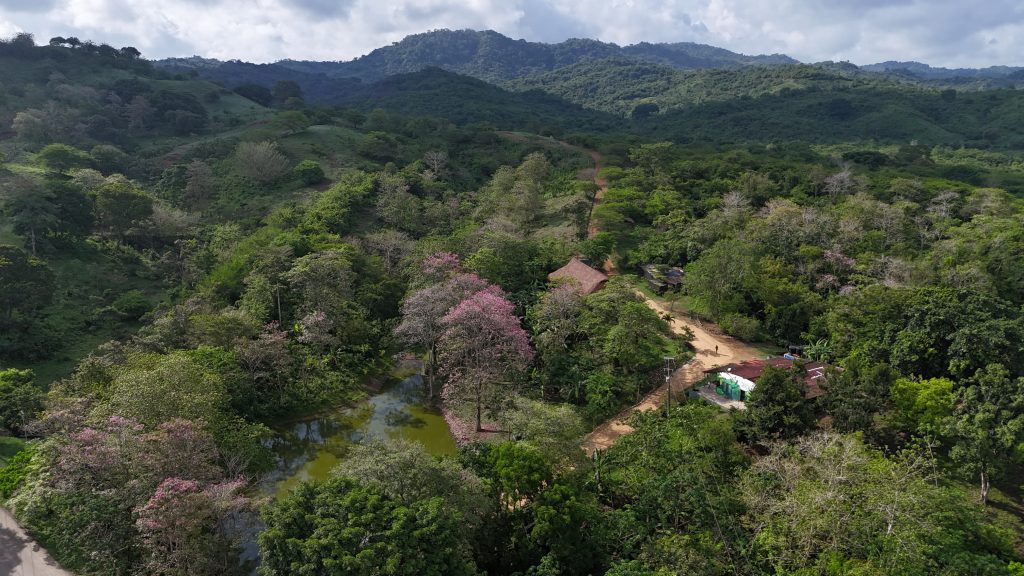
A Recognized Hotspot for Birds
The sanctuary has been registered as an official hotspot on eBird, and more than 200 bird species have been documented so far.
Among them are several endemics like:
-
Forpus spengeli (Turquoise-winged parrotlet)
-
Ortalis garrula (Colombian chachalaca)
And near-endemics such as:
-
Arremon schlegeli
-
Chlorostilbon gibsoni (Emerald hummingbird)
-
Nonnula frontalis
-
Picumnus cinnamomeus
-
Synallaxis candei
-
Thamnophilus melanonotus
-
Saucerottia saucerottei, Chrysuronia goudoti
The forest is also home to Ramphastos sulfuratus (Keel-billed toucan), a charismatic species that plays a key role in seed dispersion — and whose presence reflects the forest’s ongoing recovery. Occasionally, rarer species like Coccyzus lansbergi have also been spotted.

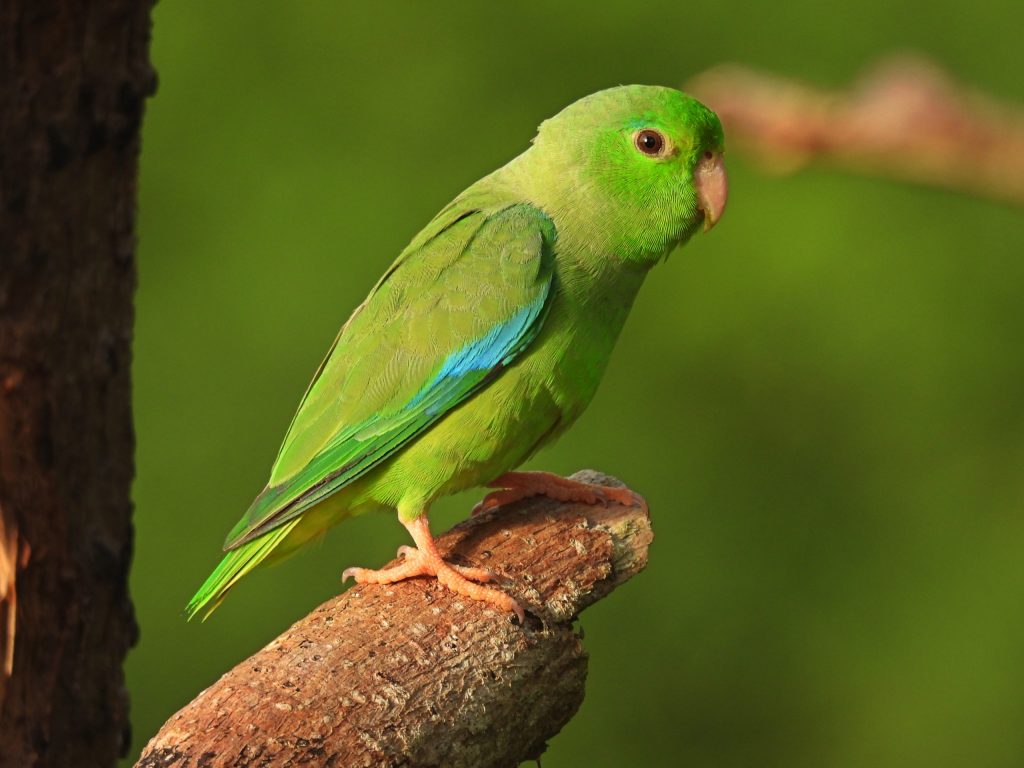
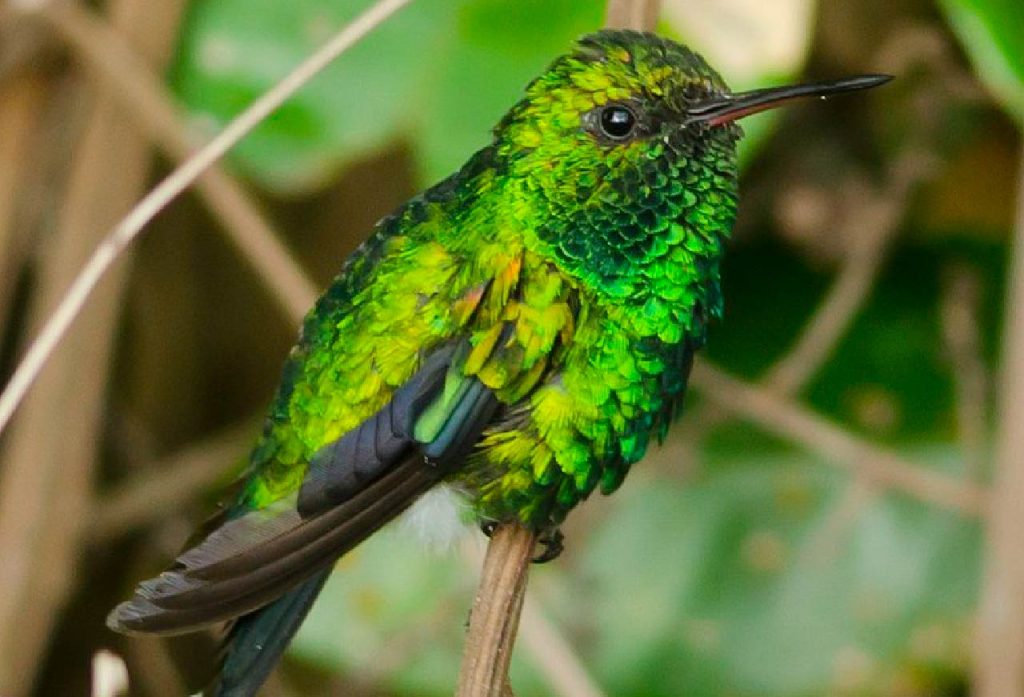
Psittacids in Rehabilitation
Loros Sanctuary is not only a good place to observe parrots and macaws in the wild — it’s also one of the few places where you can witness the rehabilitation of psittacids rescued from illegal trafficking.
Species in care include:
-
Amazona ochrocephala, A. amazonica, A. farinosa, A. autumnalis
-
Pionus menstruus
-
Brotogeris jugularis, Eupsittula pertinax, Forpus spengeli
-
Ara macao, Ara ararauna, Ara chloropterus, Ara severus
These birds are gradually prepared for reintroduction into the wild, as part of a broader effort to give them a second chance — not only as species, but as individuals.
Beyond care and release, Fundación Loros also conducts field-based research on parrot behavior, diet, adaptation and post-release survival. One ongoing project, for example, investigates what rehabilitated parrots choose to eat in the wild: ▶️ Watch the video series on wild feeding habits
This blend of science, rescue and education adds depth to every visit.

The Experience
Birdwatching at Loros is a quiet, guided walk — typically in the early morning or late afternoon — through trails of secondary forest and restored habitats. For those who prefer a different pace, horseback routes are available too.
All visits are led by bilingual guides (biologists or veterinarians), and include private transport from your hotel in Cartagena, as well as a light meal.
Beyond birds, visitors often appreciate the human dimension of the sanctuary: the land is protected in partnership with 30 local farming families, who also grow traditional crops like yucca and maize. It’s a space where conservation and culture live side by side.
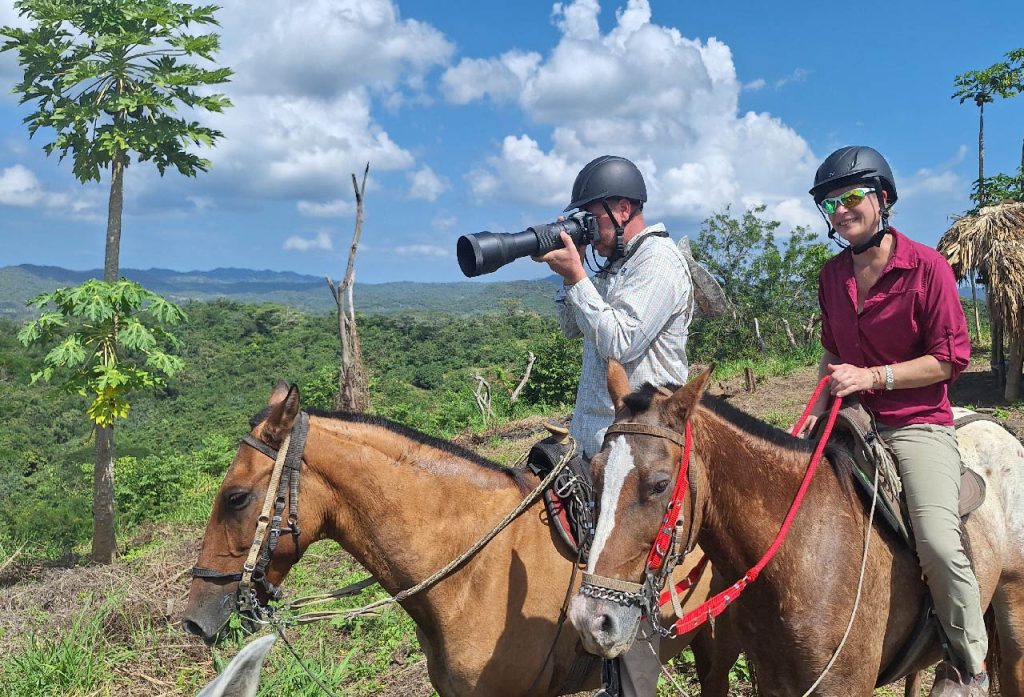
The Place: Safety, Scale, and Ecosystem
Loros Wildlife Sanctuary is located just 35 km from Cartagena, in one of the last remnants of tropical dry forest in northern Colombia — an ecosystem classified as critically endangered due to habitat loss.
The property covers over 500 hectares, with a mosaic of secondary forest, regenerating areas, and sustainable agroforestry. Despite its natural setting, it is also logistically equipped and very safe:
-
A permanent professional team of biologists, veterinarians, and caregivers live on-site
-
A military post is located adjacent to the property
-
A local health center is less than 5 minutes away
-
ATVs and UTVs are available for internal mobilization in case of emergencies or logistics
These conditions make it one of the few places in the region that offers serious nature tourism with professional infrastructure, while maintaining a quiet, remote, and immersive atmosphere. Visitors often describe Loros as a place that feels remote, wild, and yet well-organized and secure.
This ecosystem also supports a wide array of non-avian wildlife, including:
-
Three species of monkeys
-
Sloths, turtles, armadillos, iguanas
-
Dozens of insects, reptiles and mammals typical of the tropical dry forest biome
▶️ Watch this video series for a panoramic view of the sanctuary’s natural beauty
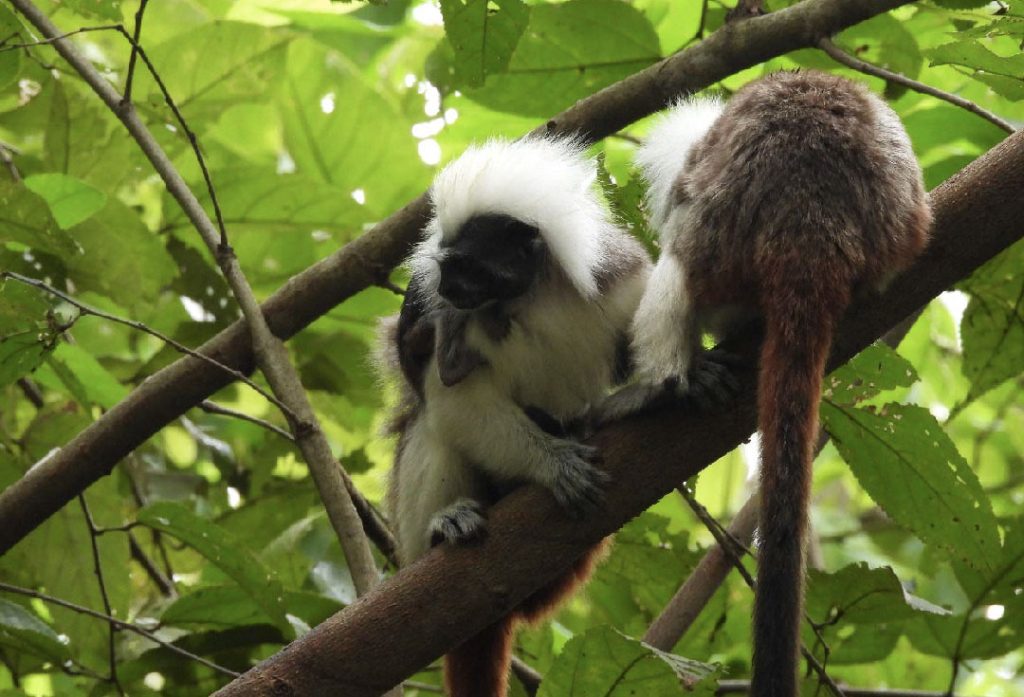
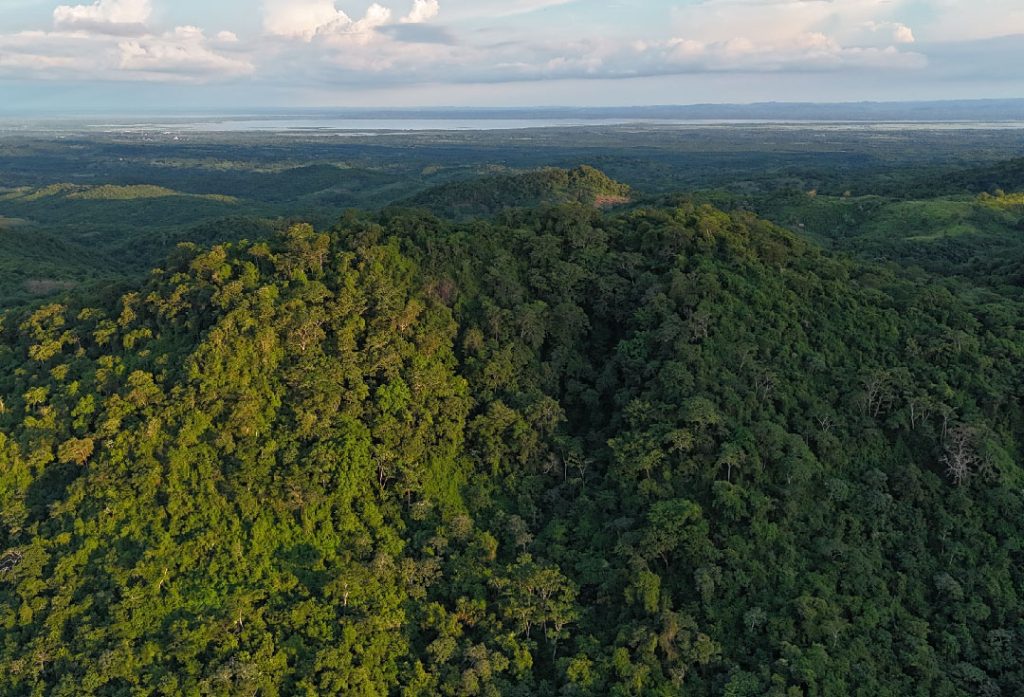
In Summary
Loros may not be the most famous birding destination in Colombia — but for many visitors, it becomes one of the most memorable. Its scale, diversity, conservation impact, and sense of peace make it a unique space for reflection, learning, and connection.
📍 Located 1 hour from Cartagena
🌿 Tropical dry forest ecosystem
🐦 200+ bird species registered
🔗 View the eBird hotspot
Talk
to a guide
![[:en]tripadvisor[:]](https://loros.org/wp-content/uploads/2025/10/tripadvisor.png)
5.0
![[:en]get-your-guide[:]](https://loros.org/wp-content/uploads/2025/10/get-your-guide.png)
5.0
![[:en]airbnb[:]](https://loros.org/wp-content/uploads/2025/10/airbnb.png)
5.0
![[:en]google[:]](https://loros.org/wp-content/uploads/2025/10/google.png)
4.9
